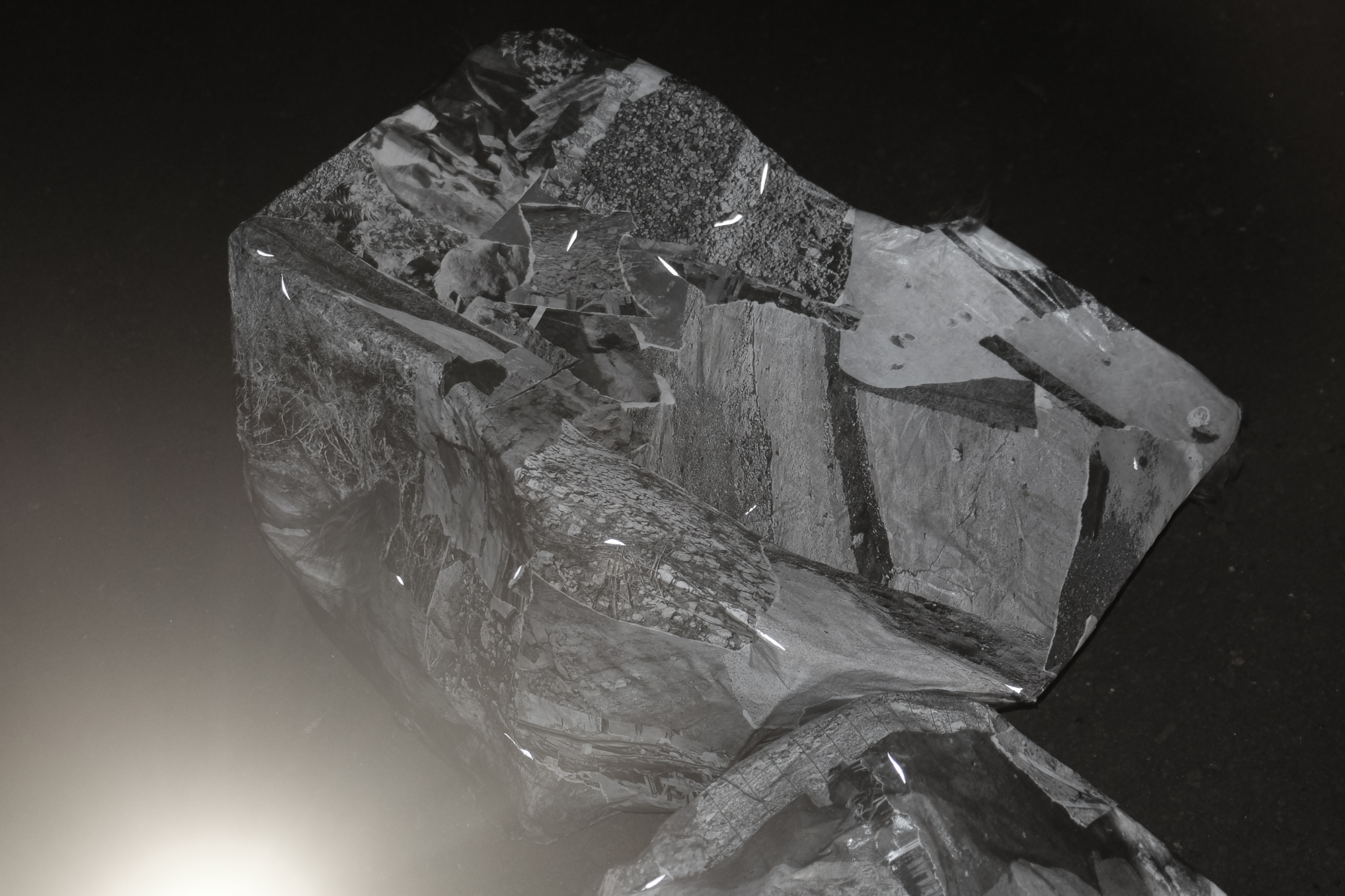Rubble is a Seed so Red (2025)
Bergrummet, Konstepidemin, Gothenburg21st of May - 13th of April
Rubble is a Seed so Red explores the ruderal — the unruly ensemble of plants and animals that emerge in disturbed landscapes. It continues the practice of Garden Loops, who since 2022, have been examining local ecologies through posthuman perspectives. This exhibition brings into focus the contradictory landscapes that surround our cities, alongside the resilient and creative beings that inhabit them.





The ruderal garden emerges from the rubble. It breaks open the asphalt and creates unwieldy bumps. This garden will not stay still, it pushes back against the hard edges of the city. Straight lines become lumpy. Water begins to pool around stones and asphalt. Unexpected collaborations form. Roots take hold, or mosses, and build up fluffy blankets of green and yellow. The spindly tree that emerges from the rubble doesn’t look like it will outlast the winter. But in the spring, she blooms. And in the autumn, new branches make her a little bit taller. New roots make new cracks – and new holes in the rubble make space for new pioneers to take root.
Ruderal species are pioneers; able to withstand the barren and polluted soil, their presence invites pollinating insects and curious herbivores to populate the area. Some ruderal species are noted to have phytoremediatory effects, absorbing or even breaking down soil pollution, such as the beloved dandelion. All of this paves the way for other species to come in and settle. Even if a patch of ruderal land is bordered by asphalt on all sides, it communicates with all the other patches in its vicinity. It will happily take in any seeds carried by the wind; it will provide refuge to bees, food to hares. And when left to their own devices for long enough, we can imagine these little patches of ruderal land spilling over, to become meadows, and grow into forests.
In the exhibition ‘Rubble is a Seed so Red’, new narratives of these, somewhat hostile landscapes, and the resourceful beings inhabiting them, begin to take form. It explores three ruderal ‘characters’: three harbourers of hidden life, three unruly hosts in the ruderal garden. They are food for some, shelter for others: collaborators of a shared, hidden utopia.
The work presented in this exhibition is a continuation of Garden Loops artistic research project “The Ruderal Garden”, a multi-species collaborative exploration of ruderal landscapes, a semi-wild, semi-cultivated, experimental garden built at Färgfabriken in 2024. The project explores ruderal plants – often seen as undesirable weeds – in strengthening ecosystems and decontaminating polluted cityscapes, as well as the concept of non-human gardeners. The project is run by Poppy Bell, Mercè Torres, Natalie Blom and Alexandra Papademetriou in collaboration with Färgfabriken and Yannick Woudstra (Postdoctoral Researcher at the Department of Ecology, Environment and Plant Sciences, Stockholm University).


